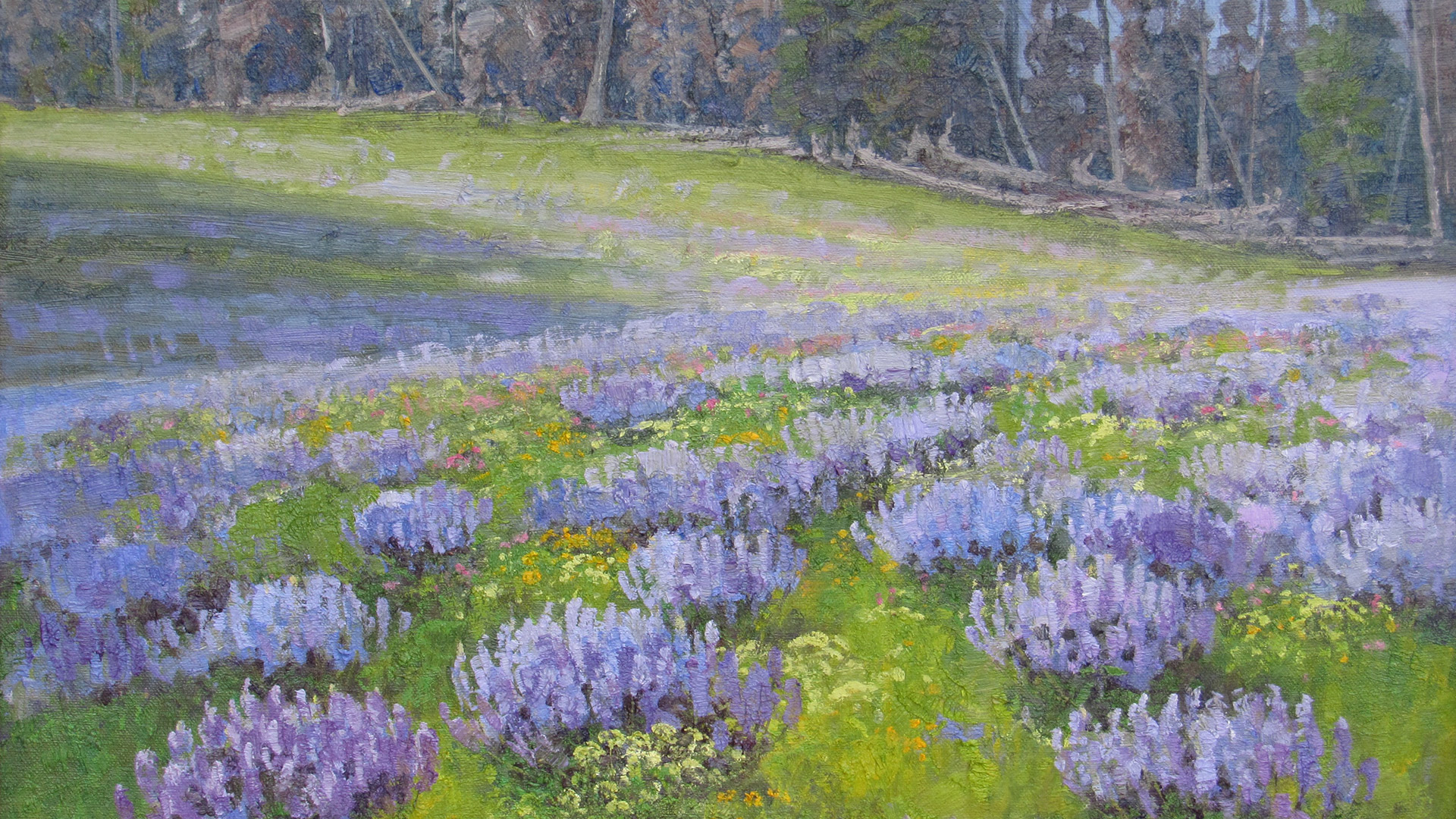Module 1: Beginning with Intention
- Category: Foundations of Meditation
Volume 90%
Press shift question mark to access a list of keyboard shortcuts
Keyboard Shortcuts
Play/PauseSPACE
Increase Volume↑
Decrease Volume↓
Seek Forward→
Seek Backward←
Captions On/Offc
Fullscreen/Exit Fullscreenf
Mute/Unmutem
Seek %0-9

About this Video
This is a visualization that uses the power of imagination to set intention around a goal or challenge. It also gives the opportunity to view the circumstances of your life from a distance with the metaphor of a mountain. By using metaphor and opening to imagery, you might encounter new creative inspiration or insight from beyond the intellect.
Tips:
- Visualization opens up new possibilities and mindfulness allows you to be aware of where your mind goes. In this guided imagery visualization your mind might wander anywhere, so try to stay open and curious. Visualization uses metaphor and imagination to purposefully introduce creativity or mental rehearsal of a new way of being.
- Imagery is very “3D” – you can see, feel, hear, smell, and even taste an experience in your mind. You might “prime” your imagery by trying out these instructions: imagine a pink ball (visual imagery), imagine standing up and jogging on a treadmill (kinesthetic imagery), imagine the smell of campfire smoke (olfactory imagery), imagine the crackle of the fire or the sound of birds singing (auditory imagery) imagine tasting a lemon (gustatory imagery), imagine what it feels like to rub your finger over sandpaper, or what it feels like to hold the hand of a loved one (textual imagery), imagine someone you love – parent, child, a pet, etc. – and how that really feels (emotional imagery).
- You might continue to practice visualization beyond this guided recording and throughout your day by calling to mind a specific positive or pleasant memory. Remember that visualization is different from mindfulness meditation and can be a useful tool to distract yourself in acute moments. If we pair it with mindfulness, we can discern and choose when it might be helpful to distract with imagery (acute symptoms or acute pain) or when it might be helpful to turn toward our experience (chronic symptoms, discomfort to increase acceptance and resilience, pleasant/neutral moments to increase enjoyment). Imagining past positive situations may offer a moment of respite in a difficult time, or help you to remember the resources, good ideas or inspiration you have from your past life experiences.
Journal Reflection Questions:
Pair meditation with reflection. Following each guided meditation, record your responses to the following questions or anything else that comes to mind.
- What parts of the path did you most enjoy and how did you work with difficulties or obstacles along the way?
- Were you surprised by anything that emerged from the visualization?
- What other insights about yourself did you get from this exercise, if any?



